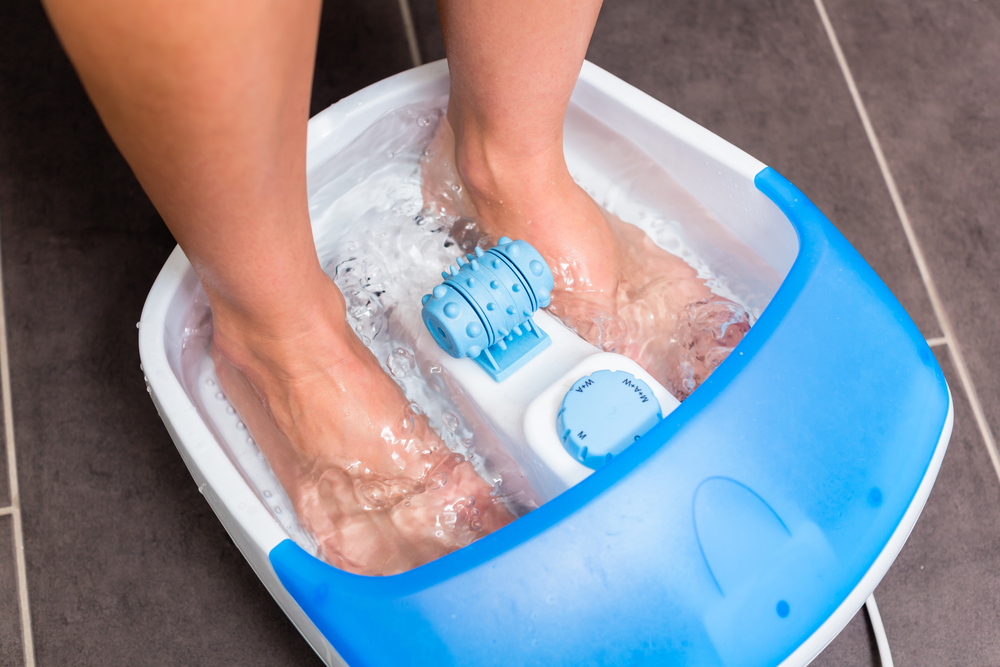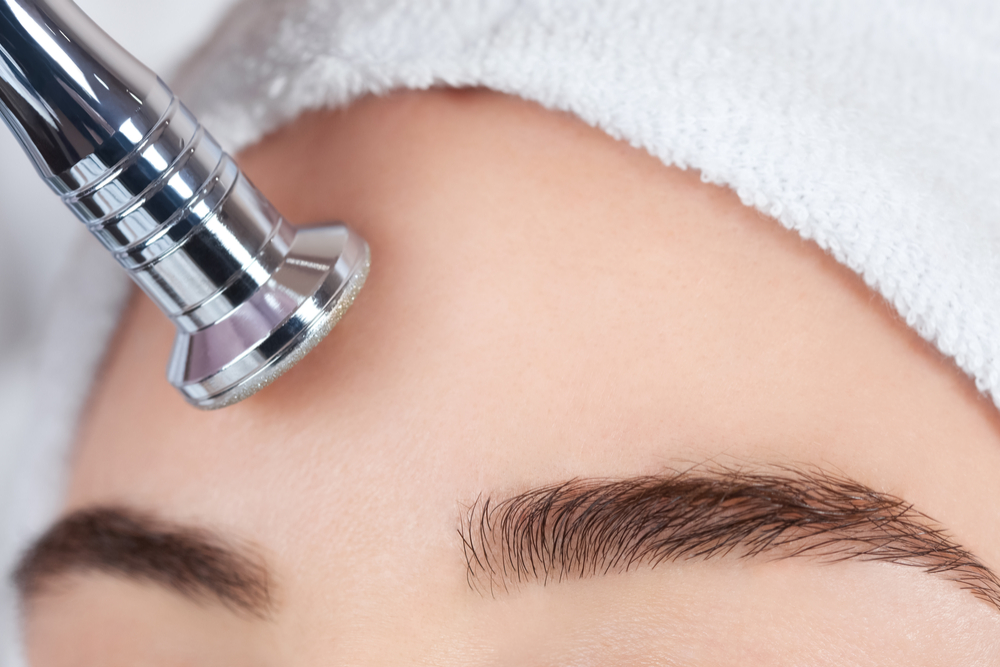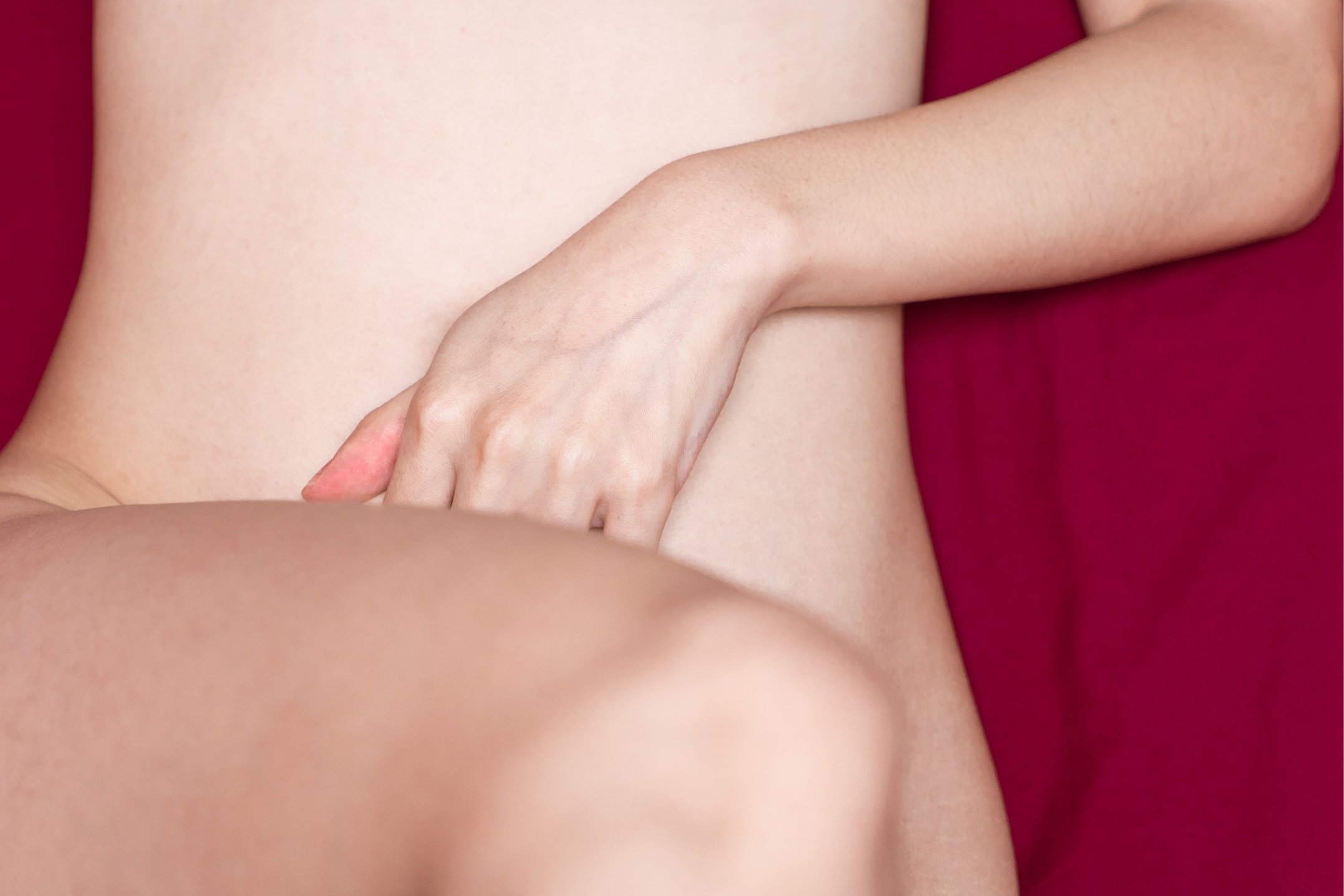There are 250,000 sweat glands in your feet, which typically produce about a half a pint of moisture a day. This high concentration of sweat glands means you’re more likely to sweat excessively from your feet than other parts of your body.
Medical Causes of Excessive Sweating
The following factors may increase the likelihood of you suffering from hyperhydrosis, the medical term for excessive sweating.
- Genetics — According to the American Podiatric Medical Association (APMA), excessively sweaty feet could be a problem you’ve inherited from your parents. If you’ve experienced excessive sweating for as long as you can remember and your parents also suffer from sweaty palms and feet, there’s a good chance your condition is hereditary. Around half of all hyperhidrosis patients report a family history with the condition.
- Pregnancy — If you’re pregnant and have noticed that you’re sweating more than usual, don’t worry: this is completely normal. An increase in hormones, metabolism and blood flow can cause the body to heat up and then perspire as it attempts to cool down.
- An underlying disease — Some medical conditions can lead to hyperhidrosis, including diabetes, heart disease, hypothyroidism, shingles, and certain cancers. Some infections, including HIV, malaria, and tuberculosis, can also cause hyperhidrosis.
- Injury — Those who have experienced a spinal cord injury are more likely to develop hyperhidrosis. Months or even years after a spinal cord injury at level T6 or higher, the body may trigger autonomic dysreflexia — a life-threatening condition where the body overstimulates certain functions — which can cause serious medical issues in addition to excessive sweating.
- Obesity — People who are overweight or obese are more likely to have Type 2 diabetes, heart disease, low blood sugar, and other conditions that can contribute to excessive sweating. With that being said, people at a healthy body weight are just as likely to suffer from the condition.
Medical professionals generally perform a starch-iodine test to diagnose cases of hyperhidrosis that are not caused by underlying medical issues. An iodine solution is applied to the bottom of the feet and dried. Cornstarch is then sprinkled over the area. If it turns dark blue, the patient likely has hyperhidrosis.
Treatment Options for Sweaty Feet
According to the APMA, about 3 percent of Americans suffer from hyperhidrosis, which equals nearly 8 million people. In other words, it’s not an uncommon problem. Fortunately, there are plenty of treatment options available.
Before you consider investing in a professional hyperhidrosis treatment, make sure that you’re not missing anything that could point to an easy fix:
- Shoes — First off, make sure your footwear isn’t to blame. Always wear shoes that are made of breathable, natural materials, and make sure that they fit properly. To ensure dry feet, wear flip-flops or sandals in the summer as much as possible. This won’t stop foot perspiration, but it will help keep your feet dry, reduce bad odors, and prevent fungal infections.
- Basic hygiene — Wash your feet with an antibacterial soap every day, making sure to clean between the toes. After washing, thoroughly dry the feet and then apply cornstarch, foot powder or an antifungal powder to ward off moisture and prevent conditions such as athlete’s foot.
- Socks — You should also wear moisture-wicking socks made of breathable fabrics to keep your feet healthy. The AMPA recommends steering clear of 100 percent cotton socks, since they keep in moisture and can lead to blisters.
If nothing else works, ask your doctor about the following medical treatments.
Endoscopic Thoracic Sympathectomy
Endoscopic thoracic sympathectomy (ETS) is a permanent surgical procedure that removes a portion of the sympathetic nerve trunk to treat hyperhidrosis in specific parts of the body. However, ETS surgery is rarely recommended for treating sweaty feet. The condition can cause “irreversible compensatory sweating” all over the body, not to mention hypotension, arrhythmia and heat intolerance.
These dangerous yet common side effects typically make ETS off-limits for the majority of patients. With that being said, your doctor may recommend it as a last resort option. Luckily, there are several other less invasive options to consider first.
Botox
The International Hyperhidrosis Society (IHHS) recommends botulinum toxin (Botox) for treating hyperhidrosis. In 2004, the U.S. Food and Drug Administration (FDA) approved the use of Botox injections for treating severe cases of hyperhidrosis in the underarms. Research also indicates that using Botox to treat sweaty feet and hands is safe and effective. In fact, for some patients it has been shown to provide an 87 percent decrease in sweating.
During the procedure, a professional will inject small amounts of Botox into the skin, which temporarily blocks the secretion of the chemical that activates the body’s sweat glands. Although Botox has very few serious side effects, it does require regular maintenance.
Generally, patients experience dryness for between four and 12 months, so additional injections are recommended at regular intervals.
Antiperspirants
It may seem obvious, but you can treat your sweaty feet in the same way you treat your sweaty armpits. You might find that it feels strange to use over-the-counter, drugstore deodorant on your feet, but there is an assortment of powders, sprays and creams that you can try. If you have any skin conditions, make sure to use a gentle formula, such as Kiehl’s Superbly Efficient, which comes in a cream form for easy application to the feet.
Over-the-counter concentrations of active ingredients like aluminum chloride hexahydrate can be effective at zapping underarm sweat, but a higher dosage may be required for the feet. Talk to your healthcare professional about getting prescription-strength products that contain around 30 percent or more aluminum chloride hexahydrate.
Iontophoresis
According to the IHHS, iontophoresis has been proven to help 91 percent of patients who suffer from excessively sweaty hands and feet. This treatment requires the use of a specialized device, which delivers a mild electrical current through water. Patients typically place their feet in a shallow pan filled with tap water for 15 to 45 minutes, where the device sends pulses of electricity through the skin’s surface. Why this method works is not fully understood, but theories suggest that the process may lead to the plugging of sweat gland ducts.
Some iontophoresis devices are meant for at-home use. However, you should always learn how to perform the procedure in a clinical office before trying it at home. There are no significant side effects from the treatment, and patients report only feeling a slight tingling sensation during sessions.
Laser Treatments
Lasers are ubiquitous when it comes to treating a wide range of issues, from unsightly tattoos to varicose veins. But they can also be used to treat hyperhidrosis. Currently, most laser treatments are only used to treat underarm hyperhidrosis, but laser device manufacturers are working to expand technologies to include feet and hand treatments as well.
miraDry
The FDA-cleared, non-invasive radiofrequency treatment miraDry claims to reduce underarm sweat in just a single treatment. As of right now, miraDry is only recommended for use in treating excessive sweat in the armpits, but the company recently announced that it is developing treatments for the hands and feet, which should be available by 2018.
Prescription Medications
Finally, if you’ve tried over-the-counter or clinical-strength antiperspirants, Botox, and other feet sweat treatments and have had poor luck, your doctor may prescribe medications. Anticholinergics — glycopyrrolate, oxybutynin, benztropine, propantheline and others — are the most commonly used medications for excessive sweating. These medications work by blocking neurotransmitters in the nervous system, which can help reduce the production of sweat.
Patients who have event-driven episodes of extreme sweating as a result of stress, a big event or nervousness, may experience relief with beta blockers and benzodiazepines. These medications help reduce anxiety, and therefore reduce sweat production, but are not recommended for long-term use due to common side effects and their habit-forming nature. However, they may be a good option for reducing sweat if you’ve got a big event coming up. Talk to your doctor about which oral medications are best for your particular case.









